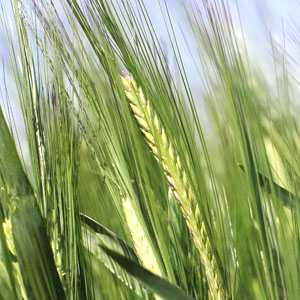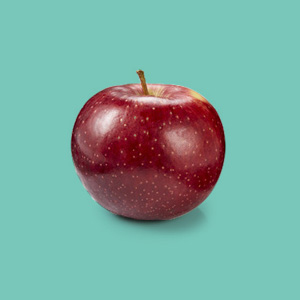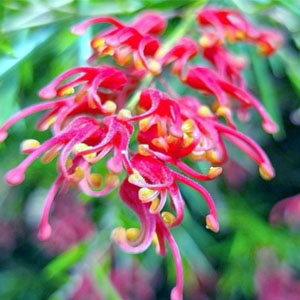read next
What do PBRs protect?
A PBR gives you the exclusive commercial rights over a new plant variety. This includes all plants such as trees, flowers, shrubs, vines as well as algae and fungi.
Examples of plant varieties protected by PBR

Spartacus CL

ANABP 01

LegacyFlame
How do PBRs work?
Here's a quick video that explains what PBRs are and how they can protect your plant variety.
What are plant breeder's rights?
A plant breeder's right gives you the exclusive commercial rights over a new plant variety.
It can protect things like trees, flowers, shrubs, vines, algae and fungi.
To be granted a plant breeder's right, your plant must be a product of a selective breeding process, new or recently exploited and distinct, uniform and stable.
Once you’ve registered your plant breeder’s right, it will last up to twenty years for most plant species, and twenty-five years for trees and certain vines.
Registering your plant breeder’s right gives you exclusive commercial rights to reproduce or propagate the plant material for commercial purposes, or license its propagation; sell the plant material or license its sale; import and export the plant material, and sell the right to another party.
One thing to keep in mind is that an Australian plant breeder’s right only gives you protection in Australia. If you want protection in other countries, you’ll need to apply for it there.
Want to learn more, including how to apply? Check out our plant breeder’s rights page.
Benefits of PBR
A PBR gives you exclusive commercial rights to:
- Reproduce or propagate the plant and plant material for commercial purposes or license its propagation
- Sell the plant material or license its sale
- Import and export the plant material
- Sell the right to another party.
How long does PBR protection last?
A PBR lasts up to:
- 20 years for most plant species
- 25 years for trees and for these vines — Actinidia (Kiwifruit), Bougainvillea, Campsis, Hedera and Vitis (grapevine).
Note that you need to pay annual renewal fees for your PBR to maintain protection. Otherwise it lapses and can't be reactivated.
Is my plant eligible for a PBR?
To be granted a PBR, your plant must be:
- A product of a selective breeding process
- New or recently exploited, and
- Distinct, uniform and stable.
At a minimum, a new variety must have:
- A breeder
- Undergone multiple cycles of selective propagation.
It's important to note that it can't just be a plant found in the wild.
A recently exploited variety is a plant that hasn't been sold commercially with the breeder's consent beyond 12 months, before application in Australia.
For overseas varieties, this plant shouldn't have been sold commercially for more than four years (six years for trees and these vines — Actinidia, Bougainvillea, Campsis, Hedera and Vitis).
- Distinct — your new variety has specific characteristics that are clearly distinguishable from all other known varieties
- Uniform — when propagated, offspring must be sufficiently uniform in the relevant characteristics
- Stable — the relevant characteristics of your new variety remain unchanged after repeated propagation and or generations.
In most cases, you must conduct a growing trial to demonstrate your plant variety meets distinct, uniform and stable (DUS) criteria.
How to prove DUSWhat isn't covered by PBR protection?
Even if you have a PBR, others will be allowed to use your new plant variety in the following way:
- Private and non-commercial use
- Experimental use
- Breeding other plant varieties
- Farm saved seed: farm saved seed is permitted, unless the crop is declared by regulation to be one where farm saved seed doesn't apply. Currently no crops have been declared in this way.

